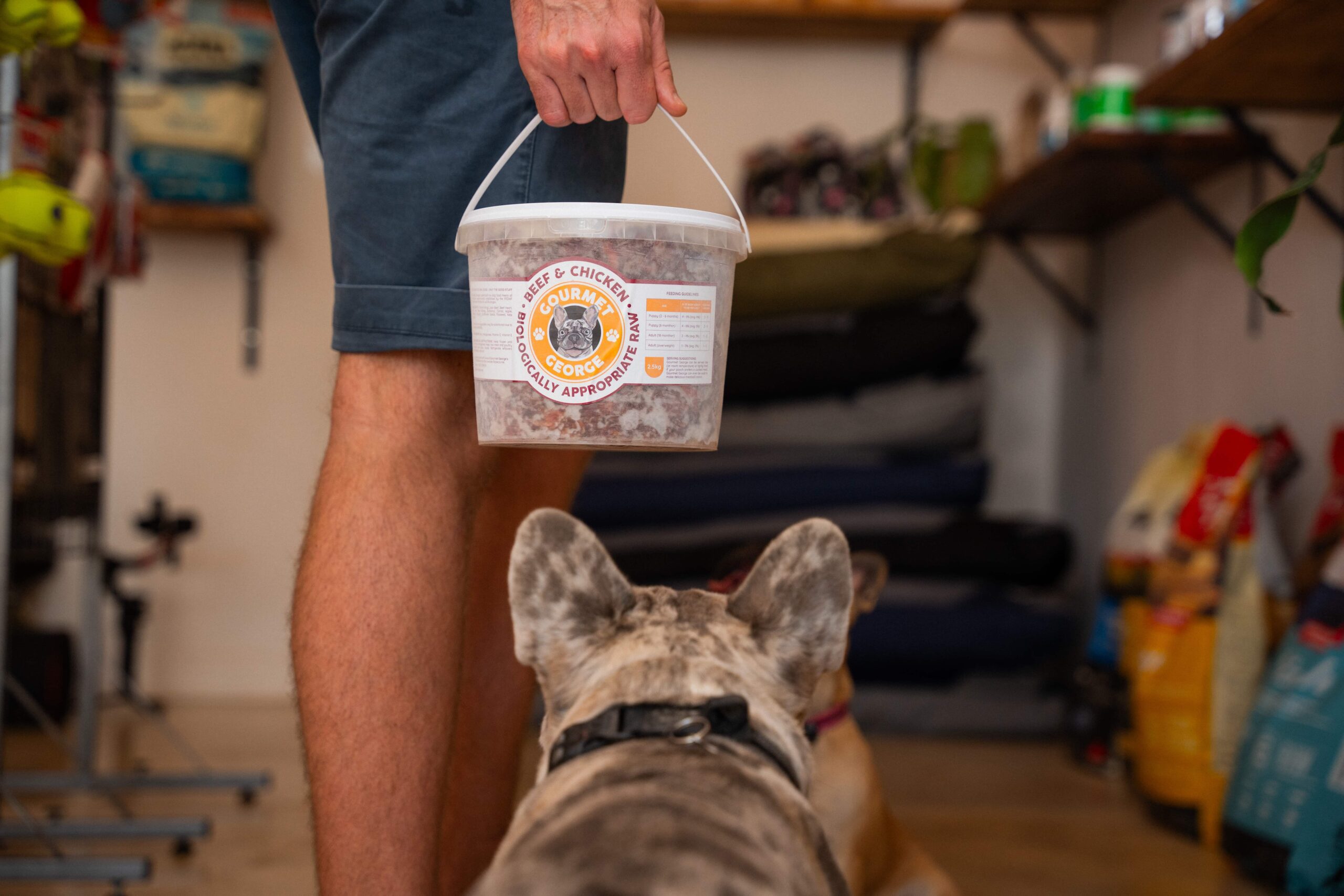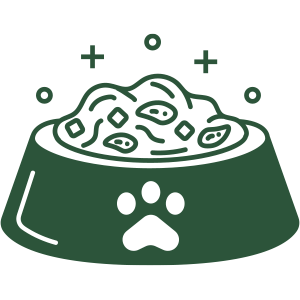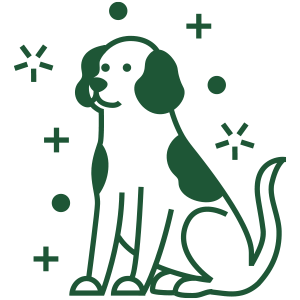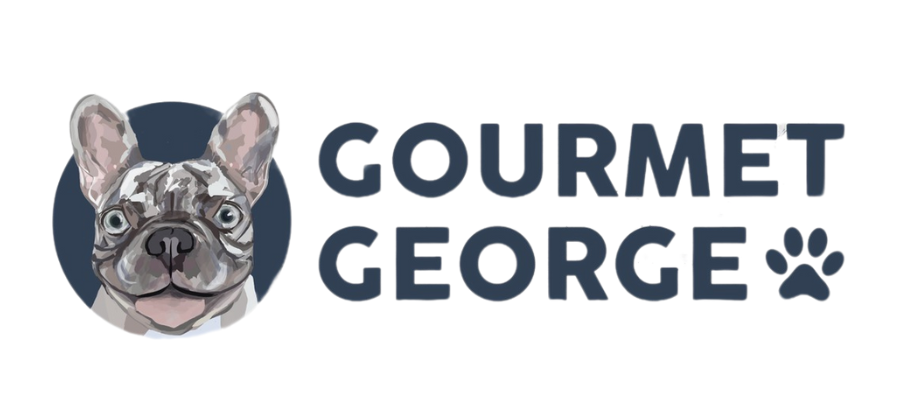Raw feeding
all you need to know about making the switch to raw



why you should “ditch the dry”
and start raw feeding today
Every living being thrives on fresh, minimally processed foods. For dogs, essential amino acids and enzymes—vital for a healthy life—are naturally found in a raw feeding, balanced diet. With their short, simple digestive tracts, high levels of stomach acid, hinged jaws, and sharp teeth, dogs are anatomically designed to derive nutrients from raw animal protein, offal, bones, and fat.
Kibble, one of the most processed foods available, can lead to serious health issues when fed exclusively. Cancer, obesity, and dental disease are among the most common concerns.
Switching a dog with existing health problems to a raw feeding diet often improves their condition. For healthy pets, a balanced raw diet may help prevent many of the illnesses that commonly affect canines. Most importantly, a high-quality, balanced raw meat diet can promote a long, healthy, and happy life for your furry companion.
The
Primal raw
diet
80/10/10
The Primal Raw (80/10/10) diet is a natural, species-appropriate approach that mimics the prey model of wild carnivores. With 80% muscle meat, 10% bone, and 10% organ meat, it provides the essential nutrients your pet needs for lean muscle development, improved digestion, and overall vitality. By avoiding unnatural ingredients, this balanced raw diet supports your pet’s health and well-being, just as nature intended.

Picky eater approved

Increased energy

Improved digestion

Shinier skin and coat
biologically appropriate
Raw Food
Biologically Appropriate Raw Food (BARF) is designed to mirror the natural diet of your pet’s ancestors, providing the fresh, raw ingredients they’re biologically built to thrive on. Packed with high-quality proteins, essential nutrients, and natural enzymes, BARF supports optimal health, improved digestion, shinier coats, and boundless energy. It’s food the way nature intended.
Transitioning to raw feeding
We always recommend transitioning to any new food gradually over a two-week period. This slow introduction minimizes the chances of stomach upsets, which can occur when a diet is changed abruptly. It’s especially helpful for dogs that are fussy or nervous by nature. If a dog tends to get anxious with new environments or people, it stands to reason that a slow, steady shift to a new diet will help them feel more comfortable.
The same is true for picky eaters. Imagine going from eating processed, fast food your entire life to being served a fresh, uncooked meal—it might take some time to adjust. While the long-term benefits of a healthier diet are undeniable, the initial physical adjustment, particularly in their digestive system, can cause some discomfort. Taking it slow allows your pet to adapt without the added stress of a sudden change.
Cost of a Raw Feeding Diet
When using the feeding calculator it’s important to enter your dog’s ideal weight, which refers to the healthy target weight you want your dog to achieve, rather than their current weight. This is because feeding recommendations are based on maintaining or reaching the optimal weight for your dog’s breed, age, and activity level.


